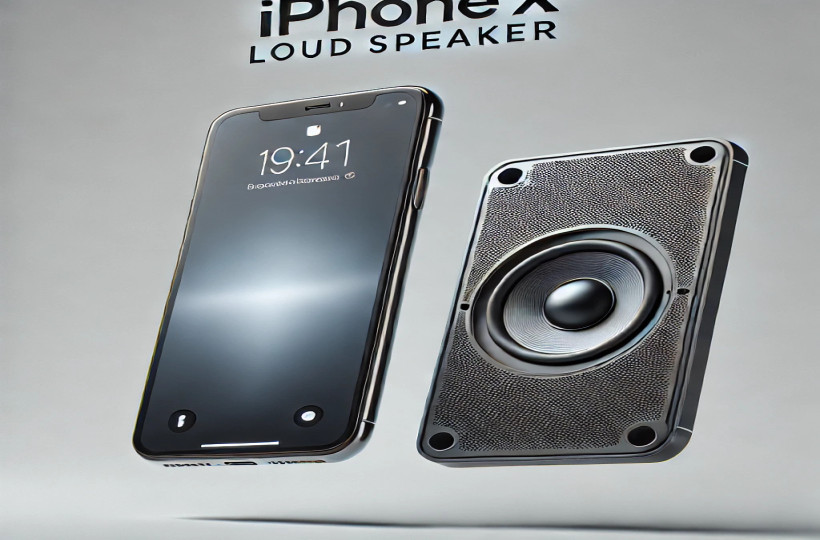
The iPhone X was a game-changer when it was launched in 2017, introducing a design overhaul with edge-to-edge OLED display, Face ID, and a new loud speaker system that offered superior sound quality. However, like any piece of technology, the iPhone X is not without its issues, and one of the most common complaints from users is related to the loud speaker.
If your iPhone X loud speaker isn't functioning as it should, it can be frustrating when making calls, listening to music, or using speakerphone. This blog will explore common loud speaker problems with the iPhone X, how to troubleshoot them, and when it’s time to seek professional repair services.
The iPhone X features a stereo speaker system, one located at the bottom of the device (main loud speaker) and the other embedded in the earpiece at the top. This setup provides immersive stereo sound, making it a significant upgrade from previous models. The loud speaker is crucial for several functionalities, including:
However, even with its robust design, the iPhone X loud speaker can experience issues due to hardware or software problems.
Several issues can arise with the iPhone X loud speaker, ranging from sound quality deterioration to complete failure. Here are some of the most common problems users experience:
Before jumping to conclusions about needing a repair, it’s important to diagnose the problem correctly. Here are a few steps to assess the issue:
If the issue is consistent across these tests, you may need to explore potential solutions.
Before you decide to visit a repair shop, there are several DIY methods you can try to fix the iPhone X loud speaker on your own. Some issues can be related to software bugs or minor glitches that don’t require professional repair.
Sometimes, a simple restart can resolve minor glitches. Press and hold the side button and one of the volume buttons until the "slide to power off" appears. Restarting can refresh the phone’s software and potentially fix the loud speaker issue.
It might seem basic, but often, the issue can be related to volume settings or Silent Mode being activated. Ensure that the ringer is on and the volume is set high by using the volume buttons on the side of the phone.
Over time, dust and debris can accumulate in the speaker grille, affecting sound quality. Use a soft, dry brush or compressed air to gently clean the speaker openings. Avoid using water or sharp objects, as this can damage the speaker further.
Apple frequently releases software updates to fix bugs and improve functionality. If your iPhone X is running outdated software, updating it could resolve the loud speaker issues. Go to Settings > General > Software Update to check for available updates.
If the DIY fixes don’t work, it might be time to consult a professional. The iPhone X loud speaker is a delicate component, and attempting to fix hardware problems on your own can cause further damage.
You should seek professional help if:
Apple Authorized Service Providers or reputable third-party repair shops can help diagnose and repair loud speaker problems, ensuring the job is done safely and efficiently.
The cost of repairing the iPhone X loud speaker will depend on whether you go through Apple or a third-party repair service, as well as the severity of the issue.
When choosing a repair option, it’s essential to ensure that original parts are used and that the repair service is reputable.
Once your iPhone X loud speaker is repaired, or if you want to avoid encountering problems in the first place, here are some preventative measures you can take:
The iPhone X offers premium sound quality through its stereo loud speaker system, but like any component, it can experience issues over time. Whether it’s muffled audio, low volume, or complete speaker failure, identifying the cause of the problem is the first step in finding a solution.
While some loud speaker issues can be fixed with simple DIY methods, more severe cases require professional repair. Ensuring that your iPhone X loud speaker is properly cared for can prevent costly repairs and maintain the premium sound quality you expect from your device.

